Emma Britnor
Leveraging Storybook for Component Driven Development outside of your classic Component Library.
#1about 2 minutes
Addressing the challenges of scaling large web applications
Large applications often suffer from duplicated work and hard-to-reuse components, which component-driven development helps to solve.
#2about 5 minutes
Best practices for designing flexible and reusable component APIs
Adopt principles like single responsibility, composition, and render props to create modular and maintainable component APIs from the start.
#3about 6 minutes
Getting started with Storybook for isolated component development
Use Storybook to build UI components in isolation, write stories to document different states, and get auto-generated documentation.
#4about 2 minutes
Handling complex components with state and API calls
Replicate complex component behaviors in Storybook by mocking API calls with MSW and managing global state with decorators.
#5about 3 minutes
Integrating user interactions and Figma designs into Storybook
Use the play method to script user interactions within stories and integrate Figma designs directly for better design-to-code consistency.
#6about 2 minutes
Leveraging stories for UI and visual regression testing
Import stories directly into React Testing Library for UI-driven testing and use Chromatic for automated visual regression testing.
#7about 2 minutes
Using Storybook to build and maintain shared libraries
Well-documented components in Storybook make it easier to identify reusable patterns and extract them into a shared component library.
Related jobs
Jobs that call for the skills explored in this talk.
Matching moments

11:37 MIN
Using Storybook to document and refactor components
Building a large, complex product from the ground up with typescript & Atomic Design:lessons learned

17:27 MIN
Documenting components with a live Storybook demo
Design Systems and how to develop consistent and scalable products with them

21:40 MIN
Best practices for documenting a design system
Microfrontends at Scale
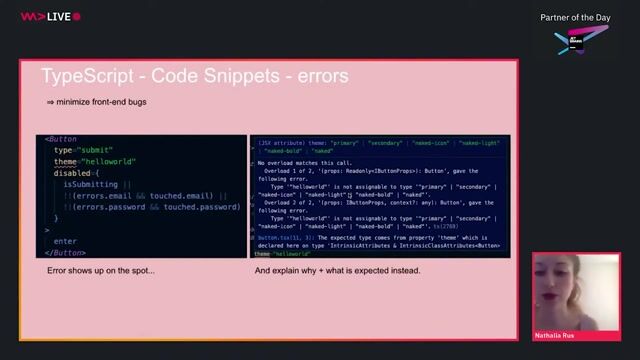
35:30 MIN
Documenting your component library with Storybook
Typescript, React and Atomic Design - a match made in heaven
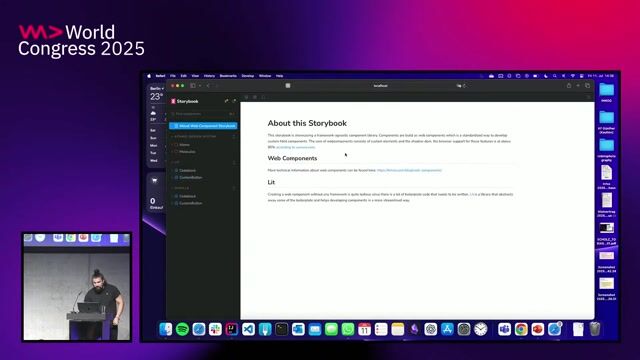
15:21 MIN
Documenting components effectively with Storybook
Building a framework-independent component library
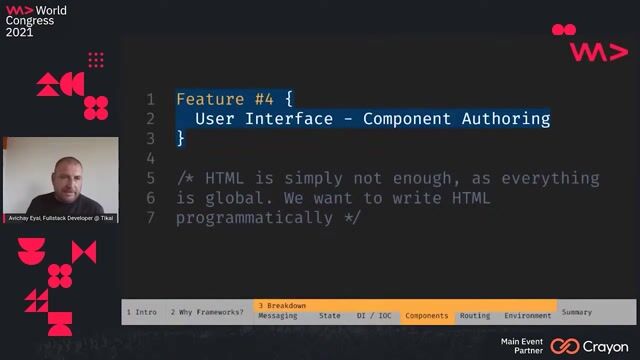
17:23 MIN
Using native web components for component authoring
The Naked Web Developer: Your Browser Is Your Framework

13:55 MIN
Structuring a production project with web components
Frameworkless: How to use Web-Components in production?
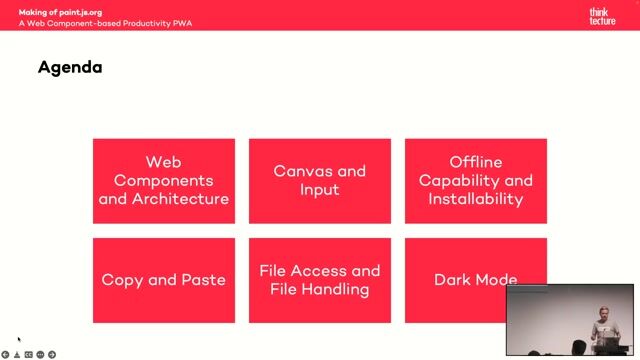
10:36 MIN
Building with Web Components and the Lit library
Making of paint.js.org—a Web Component-based Productivity PWA
Featured Partners
Related Videos
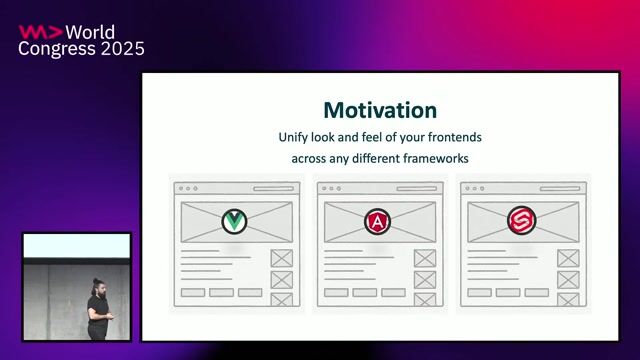 19:46
19:46Building a framework-independent component library
Tobias Scholz
 28:35
28:35Unlocking Seamless Collaboration: Design-First APIs for UI Components
Lucien Immink
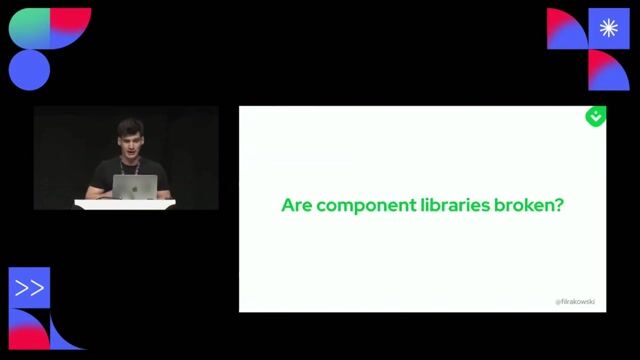 29:44
29:44Building a component library for modern challenges
Filip Rakowski
 32:21
32:21Design Systems and how to develop consistent and scalable products with them
Michael Siregar
 41:28
41:28Component styling in a JS world — evolve your mental model
Maximilian Heinrich
 41:54
41:54Extending HTML with Web Components
Rowdy Rabouw
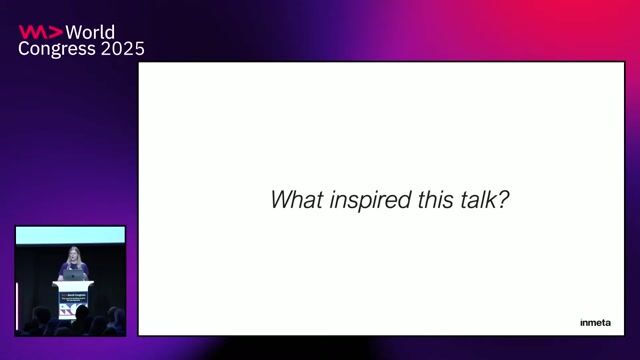 25:22
25:22Building Interactive Async UI with React 19 and Ariakit
Aurora Scharff
 46:39
46:39Frameworkless: How to use Web-Components in production?
Tobias Münch
From learning to earning
Jobs that call for the skills explored in this talk.


![Senior Software Engineer [TypeScript] (Prisma Postgres)](https://wearedevelopers.imgix.net/company/283ba9dbbab3649de02b9b49e6284fd9/cover/oKWz2s90Z218LE8pFthP.png?w=400&ar=3.55&fit=crop&crop=entropy&auto=compress,format)
Senior Software Engineer [TypeScript] (Prisma Postgres)
Prisma
Remote
Senior
Node.js
TypeScript
PostgreSQL

Domain Architect Ricardo Platform (f/m/d) | 80-100% | Hybrid working model | Valbonne France
SMG Swiss Marketplace Group
Canton de Valbonne, France
Senior

Domain Architect Ricardo Platform (f/m/d) | 80-100% | Hybrid working model | Zürich Switzerland
SMG Swiss Marketplace Group
Sachseln, Switzerland
Senior



Frontend Developer - Manufacturing Sustainability Insights
Autodesk
API
CSS
Python
JavaScript
TypeScript
+2
